Labor Shortages
Labor shortages are increasingly impacting the Automated Material Handling and Storage System Market. As industries face challenges in recruiting and retaining skilled labor, companies are turning to automation as a viable solution. Automated systems can alleviate the pressure of labor shortages by performing repetitive tasks with precision and efficiency. Recent reports suggest that sectors such as manufacturing and logistics are particularly affected by labor shortages, prompting a shift towards automation. This trend indicates that the demand for automated material handling solutions will likely rise, as businesses seek to maintain productivity levels while navigating workforce challenges.
E-commerce Growth
The rapid growth of e-commerce is a crucial driver for the Automated Material Handling and Storage System Market. As online shopping continues to gain traction, the demand for efficient warehousing and distribution systems has surged. E-commerce companies are investing in automated solutions to enhance order fulfillment speed and accuracy. Recent data indicates that the e-commerce sector is expected to expand further, necessitating advanced material handling systems to manage increased product volumes. This trend is likely to stimulate innovation within the Automated Material Handling and Storage System Market, as businesses strive to meet consumer expectations for quick and reliable delivery.
Focus on Sustainability
Sustainability has emerged as a pivotal driver in the Automated Material Handling and Storage System Market. Companies are increasingly prioritizing eco-friendly practices, leading to the adoption of energy-efficient systems and sustainable materials. The demand for sustainable solutions is reflected in the growing emphasis on reducing carbon footprints and waste. According to recent statistics, organizations that implement sustainable practices in their operations experience enhanced brand loyalty and customer satisfaction. This trend is likely to propel the development of innovative automated systems that align with environmental goals, thereby fostering growth in the Automated Material Handling and Storage System Market.
Integration of Robotics
The integration of robotics into the Automated Material Handling and Storage System Market is transforming operational efficiency. Robotics technology enhances the speed and accuracy of material handling processes, reducing labor costs and minimizing human error. As per recent data, the market for industrial robots is projected to grow significantly, indicating a robust demand for automated solutions. Companies are increasingly adopting robotic systems to streamline their supply chains, which is expected to drive the growth of the Automated Material Handling and Storage System Market. Furthermore, advancements in robotic capabilities, such as collaborative robots, are likely to expand their applications across various sectors, including manufacturing and logistics.
Adoption of AI and Data Analytics
The adoption of artificial intelligence (AI) and data analytics is significantly influencing the Automated Material Handling and Storage System Market. AI technologies enable predictive analytics, optimizing inventory management and enhancing decision-making processes. Companies leveraging AI can analyze vast amounts of data to identify trends and improve operational efficiency. Recent studies indicate that organizations utilizing AI in their supply chain operations report increased productivity and reduced operational costs. This trend suggests that the integration of AI and data analytics will continue to be a driving force in the evolution of the Automated Material Handling and Storage System Market, as businesses seek to remain competitive.

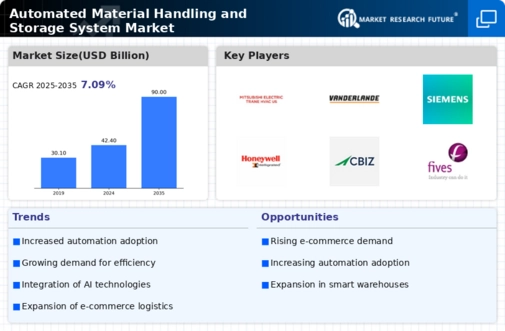
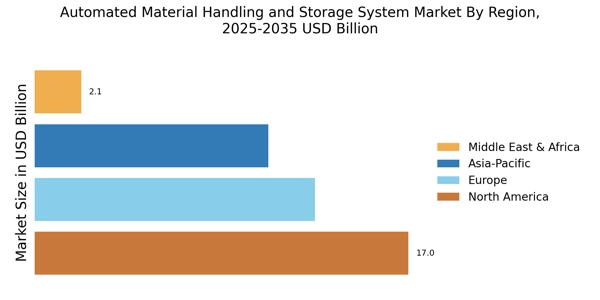
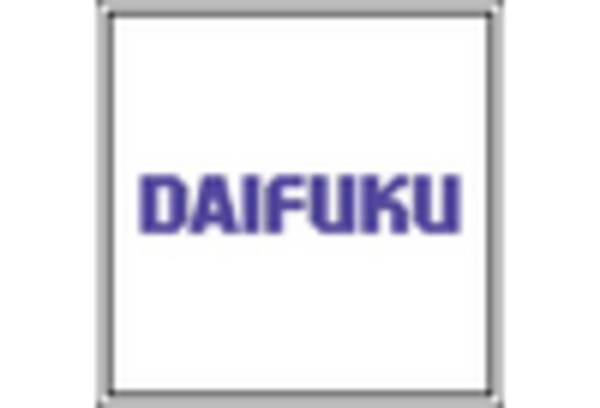


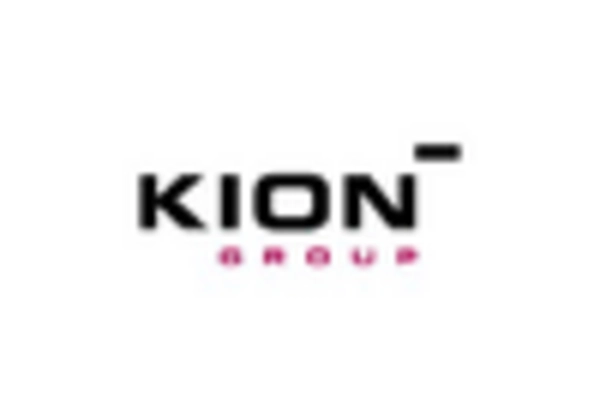
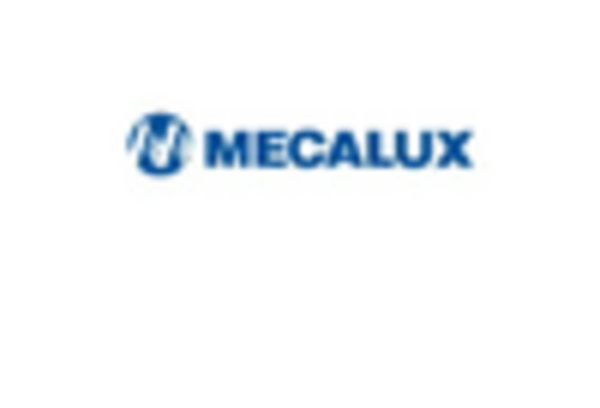
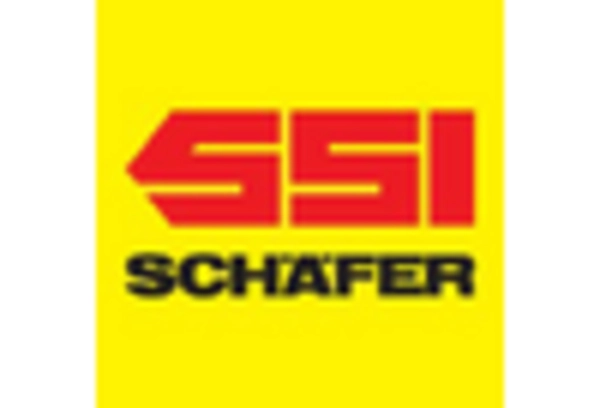








Leave a Comment